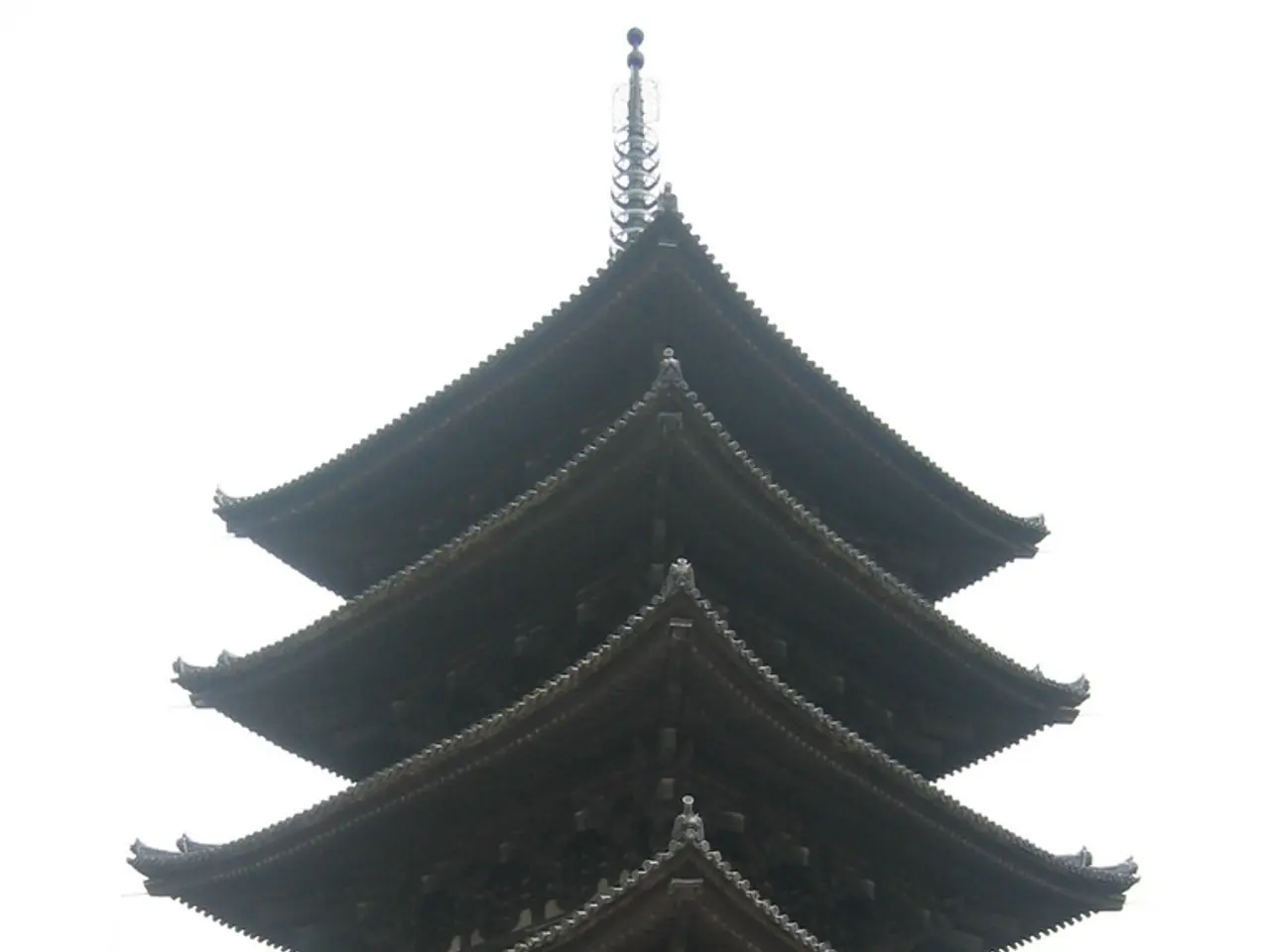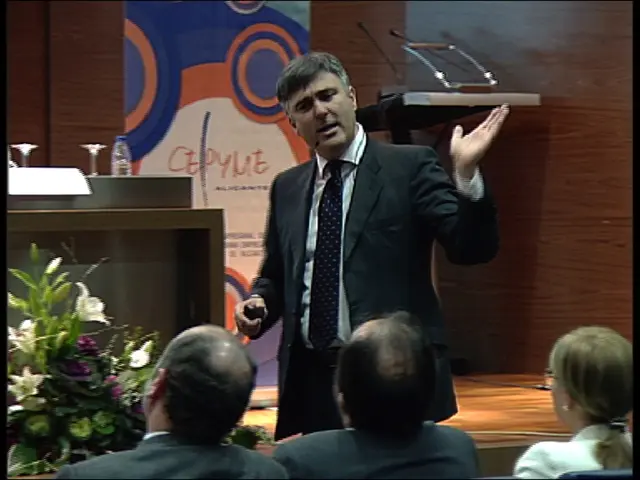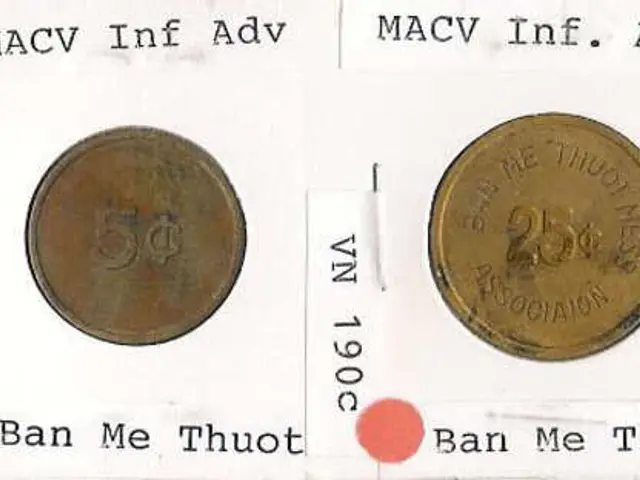In a span of ten years, China asserted itself as a global powerhouse, while India adjusted its priorities.
In 2015, China unveiled its ambitious 10-year plan, "Made in China 2025," with the goal of reducing its reliance on foreign technology and competing with advanced economies. This initiative, announced by then-Premier Li Keqiang, offended America and its allies, who felt threatened by China's ambitions.
The plan aimed to ensure China was competitive or leading in key industries by 2025. Fast forward to 2025, and China has achieved its goal in half of the identified sectors. Today, China is the world's largest producer, consumer, and exporter in several sectors, including electric cars, high-speed rail, solar panels, batteries, and drones.
One company, DJI, controls a significant chunk of the global market for drones. China's advancements in this sector were showcased last month when DeepSeek revealed China's capabilities in artificial intelligence, surprising the US with its advancements without access to Nvidia's most advanced chips and potentially less capital than California firms.
In the realm of aviation, China now produces and flies commercial aircraft of the type only Boeing and Airbus make, with Chinese-made Comac planes being used by airlines worldwide. China has also made its own aircraft carriers, with the largest one deployed in 2022.
China's dominance in the technology sector is further evident in the chip industry. Huawei has developed chips that are slightly behind Taiwan's most advanced chips, demonstrating China's ability to create its own technology with fewer resources. One Chinese company, CATL, controls a third of the global market for lithium-ion batteries.
China's high-speed rail network, which now comprises two-thirds of the world's high-speed rail network, is still growing. The country's commitment to renewable energy is also evident, as it produces 80% of the world's solar panels and 75% of the world's lithium-ion batteries.
However, this rapid growth has not been without friction. The economic partnership between China and the US began to rupture in response to China's advancements. Under President Joe Biden, the US banned the sale of high-end computer chips to China. This move was intended to hinder China's further rise.
In a significant display of military prowess, China debuted some of the most advanced military aircraft in the world in January. Despite these tensions, China continues to push forward, demonstrating its commitment to becoming a global leader in technology and industry.
Li Keqiang, who announced the "Made in China 2025" plan, passed away in 2023, likely with a sense of satisfaction about the progress China made under this plan. Today, his successor, Li Qiang, continues to guide China towards its ambitious goals.
Read also:
- Peptide YY (PYY): Exploring its Role in Appetite Suppression, Intestinal Health, and Cognitive Links
- Toddler Health: Rotavirus Signs, Origins, and Potential Complications
- Digestive issues and heart discomfort: Root causes and associated health conditions
- House Infernos: Deadly Hazards Surpassing the Flames








